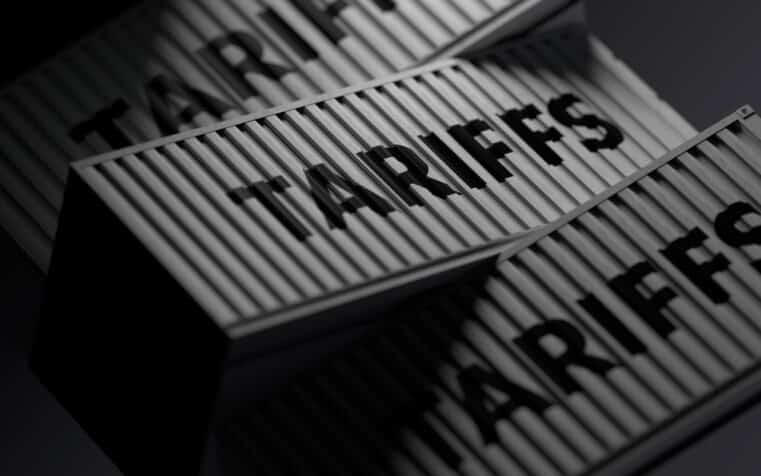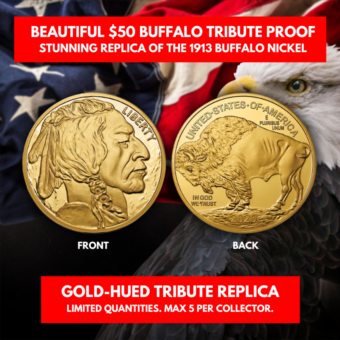
Central Bank Gold Cartel Voluntarily Dismantled, Gold Price Suppression Ends Soon
Investors who think that the claims of central bank gold manipulation is a matter of propaganda and not policy likely haven’t heard of the Central Bank Gold Agreement (CBGA).
What initially began as the Washington Agreement on Gold, the Central Bank Gold Agreement, signed on September 26, 1999, was a five-year blueprint for the stabilization of gold prices by means of central bank intervention (read: price manipulation). It’s signatories included approximately 15 of the world’s leading central banks.
The original version states the following:
- Gold will remain an important element of global monetary reserves.
- The above institutions will not enter the market as sellers, with the exception of already decided sales.
- The gold sales already decided will be achieved through a concerted programme of sales over the next five years. Annual sales will not exceed approximately 400 tonnes and total sales over this period will not exceed 2,000 tonnes.
- The signatories to this agreement have agreed not to expand their gold leasings and their use of gold futures and options over this period.
- This agreement will be reviewed after five years.
The five-year Agreement--renewed in 2004, 2009, and again in 2014--resembles nothing short of a cartel operation, one that has been responsible for suppressing gold prices via “programme of sales” over the last 15 years.
But this year may see the emergence of a different dynamic in the gold market.
With the CBGA up for renewal, the previous members appear to be ditching the agreement, potentially signaling the end of coordinated gold price suppression.
And perhaps gold’s current rise may be partly due to this lack of coordinated price suppression, in addition to other factors of course.
Throughout the ’90s European central banks have worked to drive gold prices downward, creating the perception among investors that gold’s reserve status may be unstable at best.
Yet in contrast to these actions, the very central banks who were suppressing gold prices held a different view, as reflected in an ECB statement (according to Reuters): “The signatories confirm that gold remains an important element of global monetary reserves, as it continues to provide asset diversification benefits, and none of them currently has plans to sell significant amounts of gold.”
Central banks’ coordinated manipulation of gold prices had effectively manipulated the public perception of the yellow metal--that gold was not a stable reserve currency. Yet the very banks that suppressed gold prices did so knowing well that gold was always to be considered a valuable and stable reserve.
The original CBGA deal between 15 central banks aimed to cap the amount of gold that each signatory can sell on an annual basis. Again, the aim was to stabilize the gold market.
And while gold surged from under $300 an ounce to over $2,000 less than a decade ago, central bank activity shifted from net gold sales to net purchases--2018 marking the highest level of central bank gold buying to date since 1971--651 tonnes worth almost $30 Billion.
With the latest CBGA version expiring on 26 of September, it appears that the agreement is destined to lapse, and the cap on gold prices (via sales) lifted.
With the cap on gold lifted, prices may now reflect the metal’s true market value. And with continuing gold purchases by central banks across the globe, in addition to the global economic uncertainties that appear to be plaguing the markets, one wonders what kind of bullish pressure those factors might exert on the price of gold.
Another thing to consider is that large speculators’ and hedge funds’ net positioning in gold is soaring, almost at “all-in” levels. According to a Bloomberg report, 69% of traders and analysts are expecting to see further price gains in gold.
Some say as high as $2,000 an ounce in the coming years. Download our Definitive Guide to Precious Metals Investing to learn more>>>











